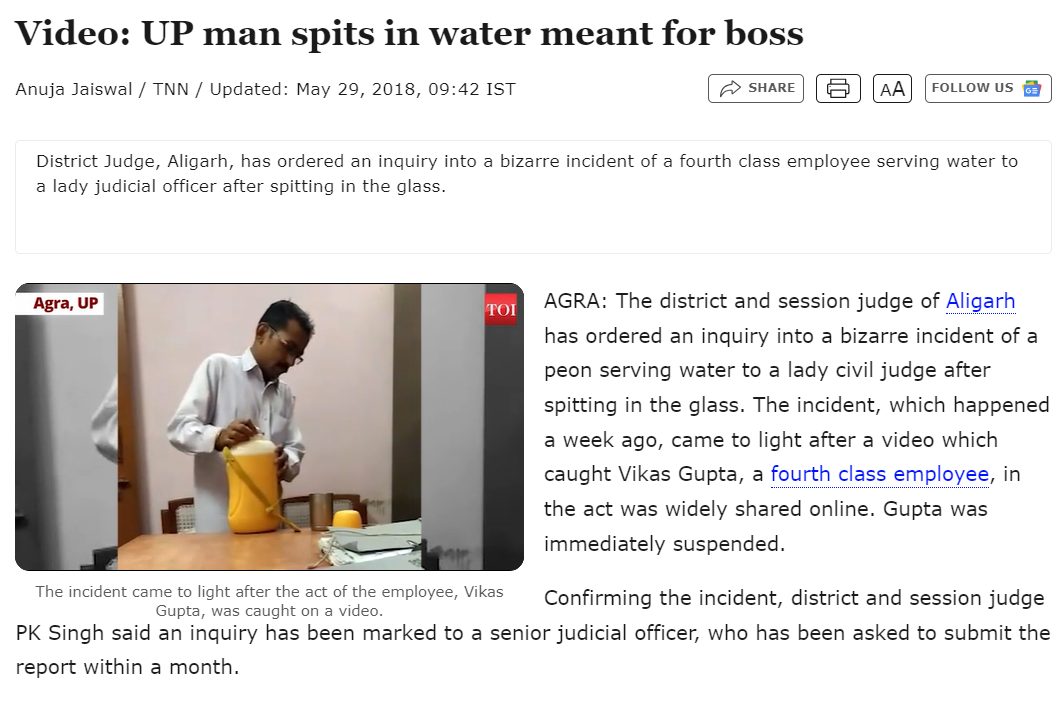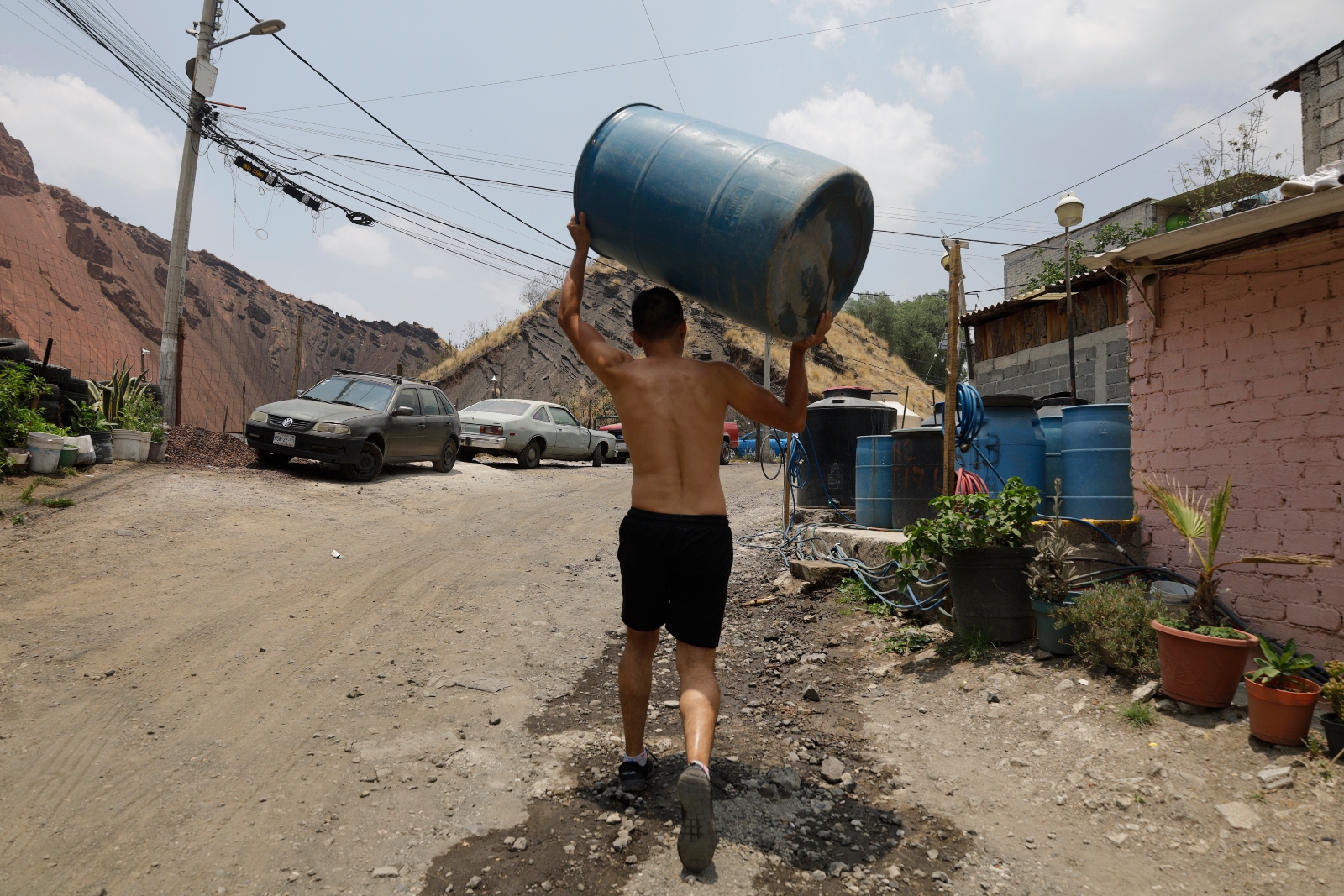CO2 is bursting into the atmosphere like never before, up and away, like it has wings.
According to climate scientists, we’re fast approaching white-knuckle time. This reinforces the outlook for 2024 as expressed by WMO: “Every major global climate record was broken last year and 2024 could be worse.” (Celeste Saulo, secretary-general, World Meteorological Organization)
Making matters more nerve-wracking yet, Carbon dioxide, CO2, in the atmosphere is setting new all-time records, soaring above expectations and well above previous readings at Mauna Lua Observatory, Hawaii:
March 18, 2024, CO2 measured 426.02 ppm.
March 15, 2023. CO2 measured 420.24 ppm.
That’s +5.78 ppm in only one year. An increase of this magnitude has not been seen before. On a seasonal basis, the month of May is ordinarily the peak reading for the year. That’s still weeks away. The climate system as it relates to greenhouse gas emissions appears to have gone bonkers, out in left field.
The historical annual rate of CO2:
1960s +0.8 ppm
1980s +1.6 ppm
2000s +2.0 ppm
2010s +2.4 ppm
Today’s +5.78 ppm is way above the trend.
Current daily readings:
March 15 427.93
March 16 426.36
March 17 423.96
March 18 426.02
It should be noted that the month of February 2024 @ 424.55 ppm was +4.25 ppm versus February 2023 @ 420.30 ppm. Once again, way above past increases. According to CO2-Earth: “The measured CO2 levels in the atmosphere serve as the single best, real-time signal of whether the world as a whole is on track to a safe future.”
Ergo, a safe future appears to be dangling.
CO2 levels may be signaling serious trouble of unanticipated global warming bursting loose, depending upon how much more CO2 is generated by fossil fuels from industry, cars, planes, and trains as well as how the planet’s climate system continues to adjust and react to decades of harsh pounding by Homo sapiens. Nature is under attack in sensitive areas, like rainforests, permafrost (25% of the Northern Hemisphere), boreal forests, Antarctica, Greenland, the Arctic, and oceans with emissions causing too much heat to handle. And today’s CO2 says it’s getting worse.
What will the world’s leaders do in the face of a trembling global climate system?
Maybe hold another UN climate conference, like COP28 in Dubai last year, headlined by another fossil fuel nation/state with a Middle East oil and gas executive as president of the UN Conference of the Parties (COP) to figure out how to handle massive excessive fossil fuel CO2 emissions choking the planet. That would really rub it into the noses of climate scientists who’d probably refuse to attend one of the second biggest shams in human history, following in the footsteps of COP28. Frankly, that kind of kindergarten approach to handling a serious issue like climate change should motivate people across the planet to rise up in opposition to one more “big fix” designed to continue enriching a teeny-weeny miniscule segment of world population.
Only recently in January 2024 Mauna Lau Observatory Hawaii anticipated a “relatively large” surge in annual average CO2 concentrations for 2024, estimating an increase of approximately 2.84 ppm more than 2023. But current trends put that into question as too low.
Global warming feeds off increasing levels of greenhouse gases, like methane, nitrous oxide, water vapor but mostly carbon dioxide (CO2). Along those lines, there are 10 primary greenhouse gases, and it’s scientifically proven that CO2 accounts for about 76% of greenhouse gas emissions. Greenhouse gases are labeled as such because of the greenhouse effect trapping solar radiation, which functions like any typical greenhouse but without glass to trap heat. Molecules, such as CO2, simulate glass and thus retain heat.
The more CO2 in the atmosphere, the more heat is trapped. This equation is very straight-forward. But what if CO2 increases rapidly well beyond its historic pattern, which is already well beyond any historical trend in modern history? That’s happening and climate scientists in the know are deeply concerned.
As a consequence, since it’s a national election year, according to an Arctic News article d/d March 16, 2024: “The accelerating growth in carbon dioxide indicates that politicians have failed and are failing to take adequate action.”
In other words, politicians are failing to fight human-generated global warming. Many of the big promises by nations of the world at Paris ’15 to decrease emissions are nearly kaput. Politicians of the world have failed the planet and should be fired because once greenhouse gas emissions push global warming towards, and eventually to, warp speed, meaning runaway global warming, like what now appears to be in early stages, then it’s too late to remove them from office and do something constructive with replacement politicians that understand science, like Senator Sheldon Whitehouse (D – RI), famous for his Time to Wake Up speeches to the Senate.
Already, before this current spike up in CO2, professional sources were anticipating trouble ahead. According to a very respected 2024 forecast, Professor Richard Betts, the Met Office in Britain:
This year’s estimated rise in atmospheric carbon-dioxide concentration is well above all three 1.5°C-compatible scenarios highlighted in the IPCC report… Even when we compensate for the temporary effects of El Niño, we find that human-induced emissions would still cause the CO2 rise in 2024 to be on the absolute limits of compliance with the 1.5°C pathways. (Eric Ralls, “Met Office: 2024 CO2 Levels Will Surpass the Point of No Return”, Earth.com, January 22, 2024.)
Meanwhile, Copernicus Climate Change Service (C3S) service confirmed that February 2023 to January 2024 saw warming of 1.52 degrees Celsius above the 19th century benchmark. (“World Sees First 12 Months Above 1.5C Warming Level: Climate Monitor”, PHYS.ORG, February 8, 2024.)
As it happens, the world climate system is turning into a Hollywood blockbuster horror film with CO2, the villain of the movie set, now spiking up as drought clobbers what is usually the wettest (northern) part of the Amazon and wildfires rip across Canada from the West Coast to the Atlantic provinces and ravage parts of Siberia. But it’s even worse than that as Zombie Fires, meaning fires that continue burning below surface during winter months, continue smoldering in British Columbia and Alberta into winter months. (“Canada Wildfires Never Stopped, They Just Went Underground as Zombie Fires Smolder on Through the Winter“, CBS News, February 23, 2024.)
“A lot of people talk about fire season and the end of the fire season,’ referring to the period generally thought of as being from May to September, ‘but the fires did not stop burning in 2023. The fires dug underground and have been burning pretty much all winter.” (Ibid.)
Global warming set the stage for those wildfires and set the stage for the most vicious drought in Amazon rainforest history. NASA’s GRACE satellite system shows an Amazon in tenuous condition in an unprecedented state of breakdown. GRACE has detected large areas of the Amazon classified as “Deep Red Zones” with severely constrained water levels. That’s global warming hard at work.
As for one example of many, back in October 2023: “The level of the Rio Negro is dropping by 1 meter (3 feet) every three days, something that has never been recorded before.” (“Amazon Drought Cuts River Traffic, Leaves Communities Without Water and Supplies“, Mongabay, October 2023.).
It’s almost impossible to grasp the damage happening to world ecosystems because it happens on the fringe of civil society, such as Siberian and Alaskan permafrost leaking methane, Antarctica ice shelves deteriorating, Greenland rain at its summit for the first time ever as the entire ice structure goes off the charts with a summertime melt rate increasing from 30,000,000 tons per day to 720,000,000 tons per day in the time span of only one year. Honestly, this is beyond words!
However, people are now starting to see the damage first-hand, like major European rivers (Rhine, Danube, etc.) partially drying up with commercial barges stuck in mud in the summer of ’22 as hundreds of French/Italian communities survived the summer of ‘22 on emergency truck-delivered water, speaking of which Johannesburg (pop. 5.6M) made CBS News headlines March 21, 2024: South Africa Water Crisis Sees Taps Run Dry across Johannesburg. And France imported electrical power for the first time in 40 years as low river flow inhibited nuclear power generation, normally 70% of France’s electrical energy. That hits home.
A few years ago, not that far back in time, people would have freaked out over the threats currently wrought by global warming, but as time passes, people get accustomed to hearing about disaster scenarios like a Hollywood film but on TV in the comfort of their homes, and they shrug and move on with life as long as it’s not in their neighborhood.
Elsewhere, beyond the weird noises of nature heard in the Amazon rainforest, in everyday life people wake up every morning in cities like LA and NYC and Atlanta and Dallas, London, Tokyo, Rio de Janeiro (record heat 62.3°C or 144.14°F on March 18), and they go about daily routines, the same ole, same ole, hop into a new EV, motor the freeway to an underground parking garage, up an elevator 20 floors to air-conditioned offices for 8 hours and then reverse the process. These people do not live where climate change damages ecosystems.
Urban ecosystems mainly consist of concrete, asphalt, glass, steel, some wood, chemical-laden textiles, and a sprinkling of flora. What’s to harm? Urban residents are missing, and ignorant of, the deterioration of the planet’s most important ecosystems that sustain life, period! This is called “recognition deficit” and down the road the consequences will be deadly.
The recognition deficit of the dangers of global warming glosses over reality. Life seems the same in NYC today as yesterday but ecosystems that are distant, out of sight, are on the ropes and some near collapse. A very harsh impact is lurking in the background. One day it’ll be profound and too late recognized.
What to do? This is the year of political electioneering. Don’t endorse political candidates that don’t understand and support climate science. This is something that everybody can do with impact, and it could be powerful.
Get off the couch and go door-to-door, or email, or pick up the phone to call friends to support candidates who believe in climate science. You can help prevent Hot House Earth, hopefully.
The post
CO2 Bursting into the Atmosphere first appeared on
Dissident Voice.
This post was originally published on Dissident Voice.
(@Lawyer_Kalpana) July 25, 2024
(@ajaychauhan41) July 26, 2024












